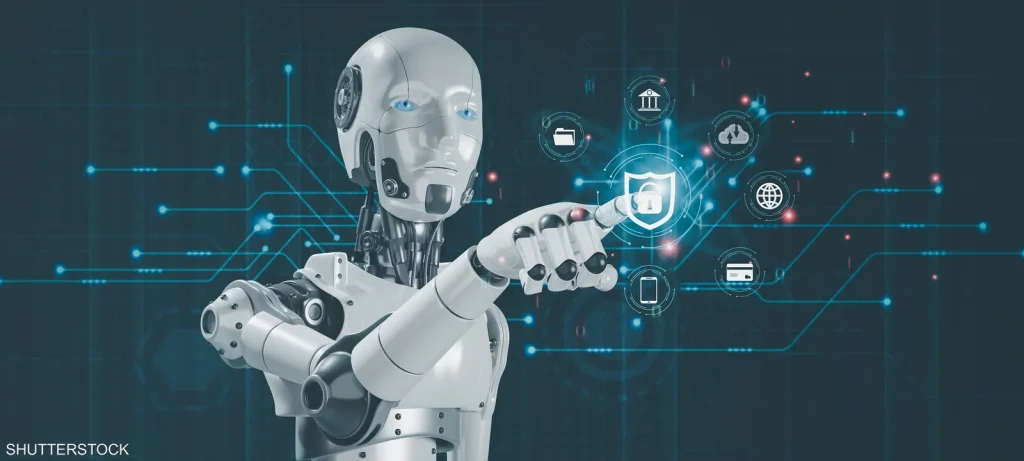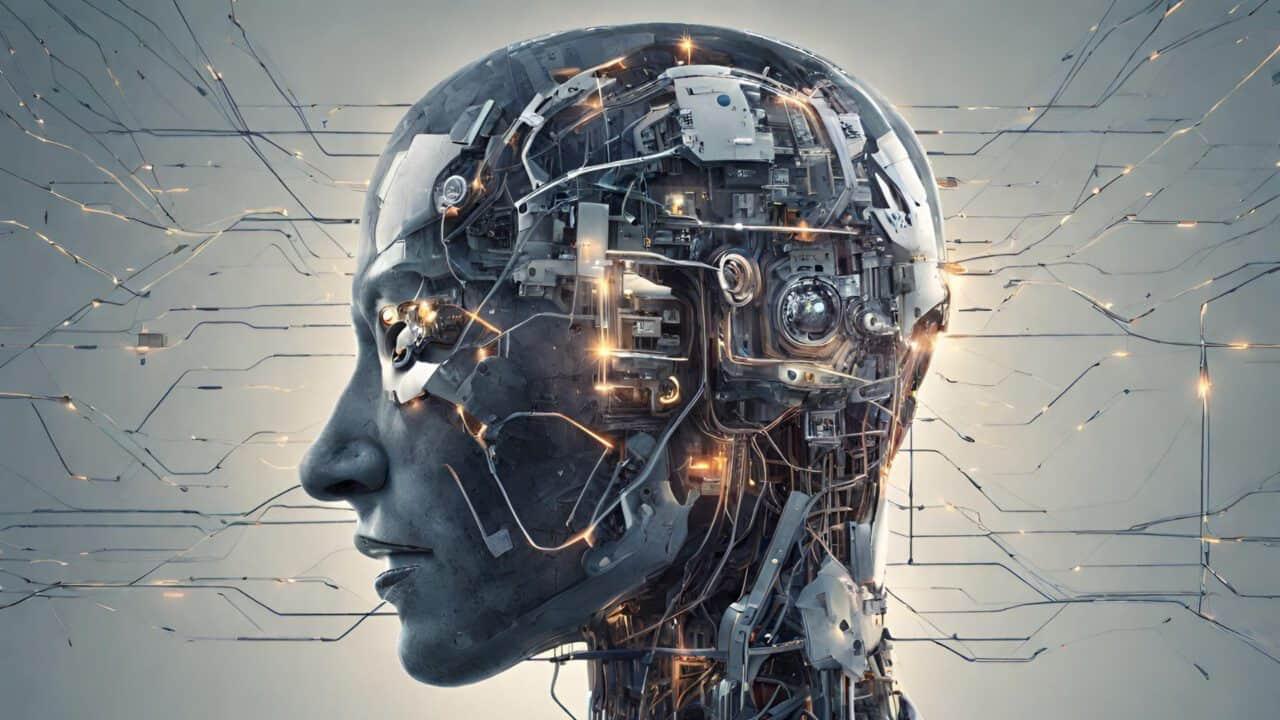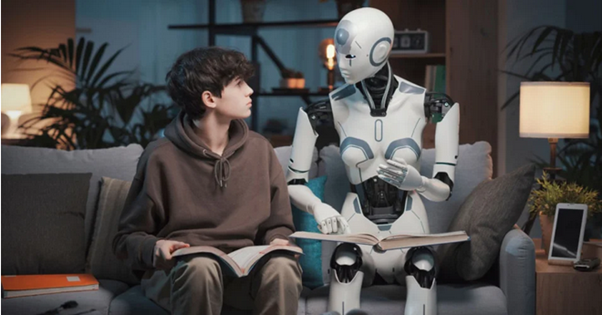For the first time, a robot serving in a civil service capacity in Gumi City Council in South Korea was found crushed after falling down a flight of stairs. The incident, which occurred a week ago, has been described as “the country’s first robot suicide,” according to media reports.
According to the city council, the robot was found crushed and lying in a stairwell between the first and second floors of the council building.
Like humans, eyewitnesses reported that the robot “was circling in one place as if something had happened” before the accident.
While the exact cause of the fall is still under investigation, a city council official said that “the pieces (from the robot’s crash) have been collected and will be analyzed by the company (the manufacturer) to determine the cause of the accident.”
The bizarre incident raises questions about the concept of “robot suicide,” especially since suicide requires human awareness and understanding to take such a step. What does it mean for robots? And how do companies handle such cases? What are the instances of “self-destruction” in which a robot can self-destruct based on specific inputs? Is there a direct connection or intervention from the robot’s algorithms?
Work Pressure
The South Korean robot was officially part of the city hall staff, diligently assisting in delivering daily documents, promoting the city, and providing information to local residents. Media reports indicated that its suicide was due to work pressure due to its extended working hours.
The “suicide” of a robot in Korea sparked widespread interaction across social media platforms, amidst comments ranging from mockery and ridicule to questions related to the factors that led to its occurrence. Some attributed it to a manufacturing or programming defect, or to a deliberate action in the robot’s programming and algorithms. When something unusual happens to it, it self-destructs based on memorized commands. This could explain the behavior of the South Korean robot, given the rumors of increased stress. However, there is no clear official explanation for this incident or its causes.
What does “robot suicide” mean?
Ahmed Banafa, an academic advisor at San Jose State University in California, told Sky News Arabia Economy: “Robot suicide” is a metaphor that refers to various scenarios in which a robot self-destructs. This concept raises complex ethical and technical questions and can occur for several reasons:
Deliberate Design
Some robots may be equipped with self-destruct mechanisms, particularly in military or intelligence applications. The clear goal is to prevent sensitive technology or data from falling into the wrong hands.
Technical Glitch
Self-destruction can occur due to a technical glitch or software error. This can also cause the robot to stop working or unintentionally destroy itself.
Autonomous Decisions
In advanced AI contexts, robots may make autonomous decisions based on their algorithms. An error in these algorithms could lead to a decision that causes self-destruction.
Protection from Hacking
Robots may be programmed to self-destruct if unauthorized access or hacking is detected. This is to protect information and technological secrets.
Hence, the concept of “robot suicide” The term “robot” can be unconventional, but it can be interpreted in various ways, including “programmed self-destruction.” In some cases, robots may be programmed to self-destruct in certain situations, such as to prevent technology theft or to protect sensitive data. This self-destruction can also be part of the robot’s security design.
Among the factors associated with robot self-destruction is “self-destruction.” This can refer to situations in which the robot fails due to a programming glitch or technical malfunction. For example, a robot may experience a malfunction that results in permanent damage to its components. Furthermore, if a robot is equipped with advanced artificial intelligence, it may make decisions based on its programming and the algorithms it operates with.
From this perspective, robot self-destruction is a concept related to security software that may cause a robot to stop working or self-destruct to prevent the leakage of sensitive data or technology. This self-destruction can also occur as a result of technical malfunctions or programming errors, leading to the robot’s failure and permanent damage. These systems are specifically designed to protect robots from hacking or unauthorized use.
Evidence
However, to date, there is no evidence that robots can make a conscious decision to “commit suicide” as humans do, as robots lack self-awareness and emotions. Therefore, the concept of robot suicide depends largely on the technological, programming, and design context of the robot in question.
In a related context, an academic advisor at San Jose State University in California spoke to Sky News Arabia’s Economy website about liability and legal repercussions, emphasizing that in cases of “robot suicide,” liability becomes complex, as follows:
Manufacturers may be liable for design or programming defects that lead to the aforementioned destruction.
Users may be liable for misuse or negligence.
Programmers may be liable for coding errors or malicious programming.
He also discusses the “controversy surrounding the concept,” as there is no scientific consensus on whether robots are truly capable of “committing suicide,” explaining that “committing suicide” requires an understanding of death and a desire to end one’s existence, something robots currently lack.
The academic advisor at San Jose State University in California adds: “Robot behavior is driven by programming and instructions, not emotions or self-preservation instincts.”
The idea of robot suicide is common in movies and science fiction, where robots are depicted as self-aware and capable of making human-like decisions, including ending their lives. However, current robots lack self-awareness and emotions and rely entirely on human programming.
While advances in artificial intelligence have not yet reached a stage where robots are capable of making such complex autonomous decisions, the concept of robot suicide is theoretical and unrealistic at present, but it remains a metaphor.
Research and Studies
In a related context, the academic advisor at San Jose State University in California, in statements to Sky News Arabia Economy, highlighted the importance of ongoing research, explaining that:
“Robot suicide” incidents raise new ethical and legal questions about artificial intelligence and liability.
Such incidents encourage further research into potential robot consciousness.
These incidents call for the development of ethical and legal frameworks for the safe and responsible use of robots.
He continues: While robots may not be capable of “suicide” in the human sense, this concept highlights the need for continued research and development in AI ethics and technology. It underscores the importance of understanding the implications of advanced robotics and AI for our society.











